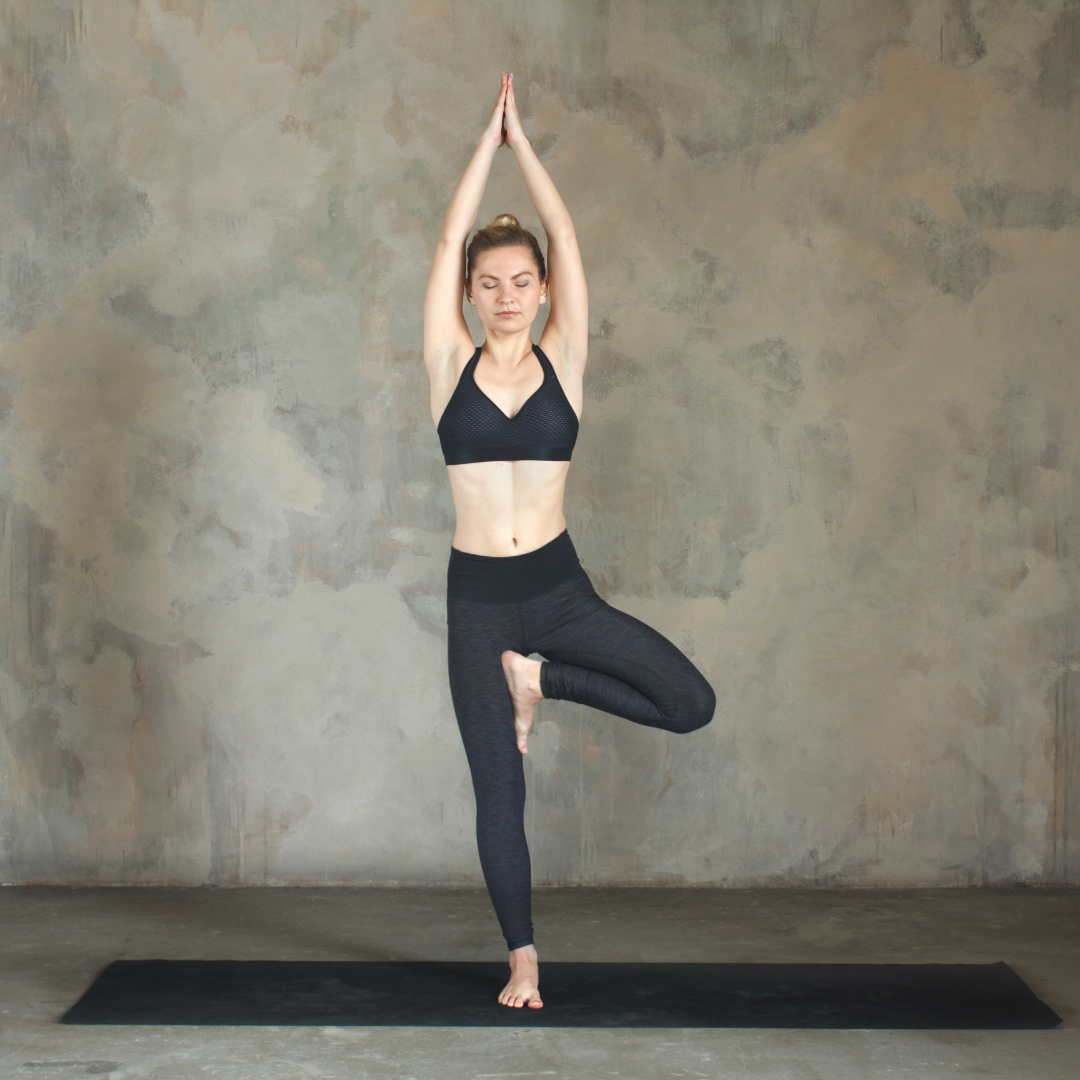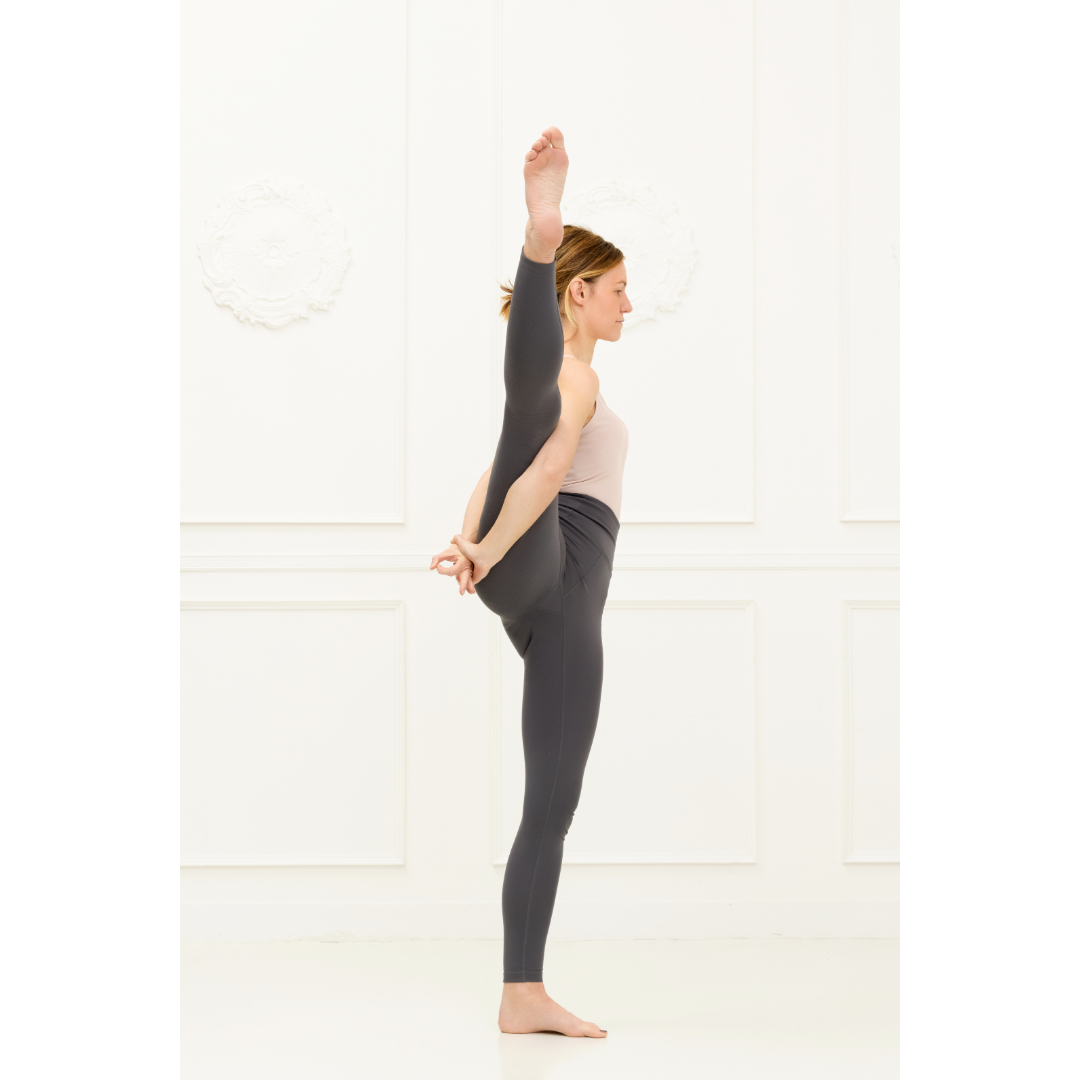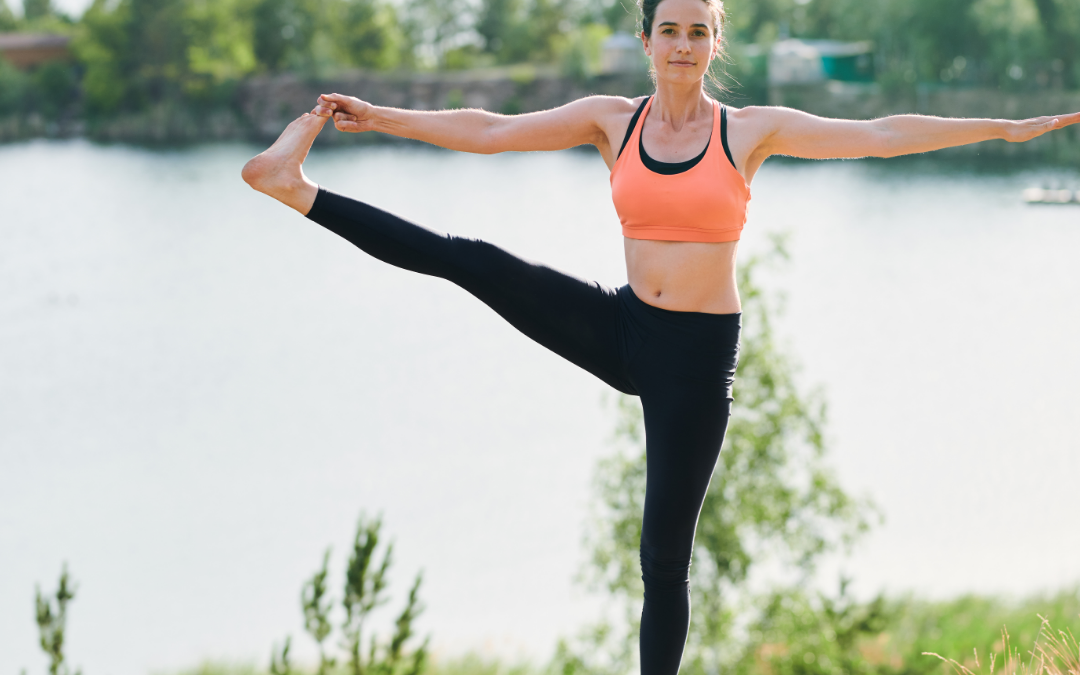We all struggle to find balance at some point in life. There are many sports like skating, snowboarding, surfing that need an extra amount of balance. But simple daily activities like walking, stepping up the stairs, even carrying our groceries require us to stay balanced. Here’s the good news! Yoga poses can help you find stability and balance in your daily activities both physically and mentally. Improving your balance can help you fight stress, prevent falls and injuries, enhance focus, and get your body to its optimum level.
How can yoga help in improving balance?
Yoga can help you strengthen your core, improve your reflexes, making it easier to improve both your body’s physical and hormonal balance. Many people lack balance and even don’t know about it. You may be able to bend down to touch your toes but you should also be able to bend backward. Most of the yoga poses help in strengthening the core of the body, abdominal muscles, and back muscles which affect the physical balance of the body. Even the simple balancing poses can help you develop the foundation you need to move on to more advanced asanas. Yoga poses for balance can also improve your performance in sports and also strengthen your muscles and joints.
The key to improving balance is in developing strength, mastering transitions, and establishing a strong foundation. You can improve your balance by focussing your attention on strength and alignment.
1. Tree Pose (Vrksasana)
Tree pose improves balance, concentration, and promotes relaxation.

Instructions
- Stand straight with your feet touching. Keep your arms straight along either side of your body.
- Inhale and find an object in front of you to focus on. Now exhale and slowly shift your weight to your right leg and start to lift your left foot off the floor.
- Bring your left foot sole on the inside of your right thigh. Keep your pelvis straight.
- Now take your arms overhead and bring your palms together forming an inverted V.
- Hold the position for a few breaths.
- Relax
Tips
- In case your raised leg keeps sliding down the inner thigh of the other leg, then put a folded blanket between the sole and the inner thigh.
2. Eagle Pose (Garudasana)
The Eagle Pose is named after the “king of birds” garuda or eagle. The pose also strengthens the thighs, hips, ankles, and calves and stretches the shoulders and upper back. The Eagle Pose is a standing balance pose that can help develop focus, concentration, and strength. The balancing aspect of the pose helps to protect your knees against any injury.

Instructions
- Stand in Mountain Pose with your arms at your sides.
- Bend your knees, balance your weight on your right leg, and focus on something in front of you. Wrap your left leg around your right leg, hooking your left foot behind your right calf.
- Now extend your arms in front of you. Cross your left elbow over your right. Wrap both your arms, hands, and press your palms together, or try to get them as close as possible.
- Keep your shoulders down, keep your core engaged and raise your elbows to shoulder height. Your spine should remain perpendicular to the floor.
- Hold the pose for a few seconds and then repeat on the other side.
Tips
- If you are a beginner and cannot wrap your leg over the top of the standing leg then just rest the toes gently on the floor.
3. Extended Hand-to-Big-Toe-Pose (Utthita Hasta Padangusthasana)
This could be a little challenging pose and may take some time to evolve. The reason being the pose takes a lot of effort in both legs while you are trying to balance. The pose strengthens your legs and ankles and also helps in improving your sense of balance.

Instructions
- Stand straight on the mat with your arms alongside your body. Now bring your left knee towards your tummy.
- Keeping your gaze soft and focus on something at eye level.
- Exhale and shift your weight on your left foot and lift your right knee. Now try to reach for your big toe with your right hand.
- Keep your spine straight, chest out, and left hip firm.
- Inhale and as you exhale extend your right leg out to the front, keeping your spine straight.
- Now stay here for a few breaths. Inhale and take your right leg out to the right side and stay here again for a few breaths.
- To release the pose, inhale and bring your right leg to the center. Exhale and bring your left foot back to the floor.
Repeat on the other side also.
Tips
You can hold the pose longer using a chair. Put a chair a few inches away from the wall and rest your raised-leg foot on the top edge of the chair’s back.
4. Chair Pose (Utkatasana)
Chair Pose improves balance, strength, and stamina.

Instructions
- Stand straight with your feet hip-width apart and your arms to your sides.
- Inhale and take your arms over your head next to your ears and stretch them straight.
- Keep your spine neutral and shoulders down.
- Exhale, bend your knees, and bring your thighs as parallel to the floor as possible. Shift your weight into the heels and keep pushing down your pelvis as if you are sitting on a chair. Lean your torso forward and keep your chest slightly lifted.
- Keep your lower back long and draw your tail bone down. Dip your chin slightly down and relax the muscles of the face and jaw.
- To release the pose, inhale and lengthen your legs, exhale and bring your arms down by your sides.
- Relax.
Tips
- If you are a beginner place your hands on your knees or practice the pose against the wall with your back a few inches away from the wall. So, as you bend into the pose, your tail bone should slightly touch the wall.
- If you can’t hold your arms overhead, then extend them forward at shoulder height instead.
5. Bird of Paradise Pose (Svarga Dvijasana)
Svarga in Sanskrit means “Paradise” and Dvija means “twice-born.” The pose resembles a tropical plant called bird of paradise which grows horizontally and has a long stalk. Svarga Dvijasana is a challenging pose that stretches your arms, opens your hips, lengthens your hamstrings, and also improves your balance. And like most things take practice.

Instructions
- Stand in Warrior II, with your left leg bent and right foot turned in slightly. Inhale and as you exhale you bring your left arm under the left thigh, and your right arm raised and then behind your back. Now hold the left wrist with the right hand and bring your right foot forward.
- Bring all your weight to the left foot and come to the ball of your right foot. Bend your right leg slightly and slowly rise while balancing on the left leg.
- Once you find the balance on your right leg, straighten your spine and open the chest. Now slowly straighten your left leg as much as you can.
- Continue breathing and try to find balance with both legs. Keep your legs strong and engaged.
- Stay here for a couple of breaths. Come down slowly and repeat on the other side.
Tips
- Pull your shoulders back and avoid hunching.
- Practice against the wall first to prevent a fall.
- Try to keep the supporting or standing leg foot facing forward, toes forward, and your knee over the ankle.
Other poses
- Warrior III (Virabhadrasana)
- Lord of the Dance Pose (Natarajasana)
- Half-moon Pose (Ardhachandrasana)
Tips to Improve your Balance
-
Ground through the standing leg
Use the muscles of the standing leg and try to push through it instead of sinking into the hip.
-
Engage the core
Always engage your core when practicing the various poses. Engaging the core helps you to control the rest of your body and improve your balance.
-
Spread your toes
When doing standing balancing poses, always spread your toes as much as you can. Spreading your toes will give you a larger surface area and also help you control your balance.
-
Choose a focal point
Try to focus on anything fixed that is around 2 meters in front of you while you try to balance.
-
Be patient and try slowly
Be patient and keep trying again. Start from the standing position and then try to balance instead of jumping back into the pose.
The Takeaway
Standing and balancing on one leg is demanding and in turn builds both inner and outer strength, resilience and also boosts confidence. Standing on one leg requires strong and engaged core and leg muscles. If you already are a yogi then balancing poses can help you move towards more challenging balancing poses like crane pose. If you want to create and cultivate balance then be patient and consistent with your practice and you will gradually see improvement in your ability to stay balanced. Also, having a healthy and wholesome yogic lifestyle can support your physical balance.
Happy balancing!


